ABSTRACT
Purpose
To evaluate the safety and efficacy of a custom-manufactured artificial iris device (CUSTOMFLEX® ARTIFICIALIRIS; HumanOptics AG, Erlangen Germany) for the treatment of congenital and acquired iris defects.
Design
Multicenter, prospective, unmasked, non-randomized, interventional clinical trial
Participants
Patients with photophobia and/or glare sensitivity secondary to partial or complete congenital or acquired iris defects
Methods
Eyes were implanted from November 26, 2013 to December 1, 2017 with a custom, foldable artificial iris by one of four different surgical techniques, depending on anterior segment pathology. Patients were evaluated 1 day, 1 week, and 1, 3, 6, and 12 months postoperatively. At each examination, slit lamp biomicroscopy findings, intraocular pressure, implant position, subjective visual complaints, and any complications were recorded. Corrected distance visual acuity (CDVA) and endothelial cell density (ECD) were also measured at 3, 6, and/or 12 months as additional safety evaluations. The National Eye Institute (NEI) Visual Function Questionnaire-25 (VFQ-25) was used to assess health-related quality of life affected by vision. The Global Aesthetic Improvement Scale (GAIS) was used to assess cosmetic results.
Main Outcome Measures
Photosensitivity, glare, visual symptoms, NEI VFQ-25 score, GAIS rating, artificial iris-related adverse events, intraocular lens (IOL)-related adverse events, and surgery-related adverse events 12 months postoperatively.
Results
At the 12-month postoperative examination there was a 59.7% reduction in marked to severe daytime light sensitivity (p<0.0001), a 41.5% reduction in marked to severe nighttime light sensitivity (p<0.0001), a 53.1% reduction in marked to severe daytime glare (p<0.0001), and a 48.5% reduction in severe nighttime glare (p<0.0001) sensitivity. There was a 15.4-point improvement (p<0.0001) in the NEI VFQ-25 total score, and 93.8% of patients reported an improvement in cosmesis as measured by the GAIS 12 months postoperatively. There was no loss of CDVA greater than 2 lines related to the device. Median ECD loss was 5.3% at 6 months postoperatively and 7.2% at 12 months postoperatively.
Conclusions
The HumanOptics artificial iris surpassed all key safety endpoints for adverse events related to the device, IOL, or implant surgery and met all key efficacy endpoints including decreased light and glare sensitivity, improved health-related quality of life, and satisfaction with cosmesis. The device is safe and effective for the treatment of symptoms and an unacceptable cosmetic appearance created by congenital or acquired iris defects.
Source:
AAO Journal:
Published: February 04, 2022
https://www.aaojournal.org/article/S0161-6420(22)00089-6/fulltext



